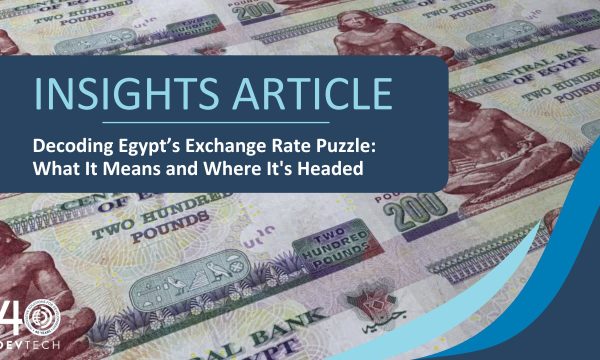In February 2016, the Central Bank of Venezuela published a press release detailing economic performance in 2014 and 2015. At that time, the Venezuelan economy had experienced two consecutive years in recession and galloping inflation. Venezuelan economic activity was suffering the ravages of a decline in oil prices, which had fallen from U.S. $105.70/barrel in June 2014 to U.S. $37.19/barrel in December 2015 (US Energy Information Administration); as well as a 30% decrease in merchandise imports and a 8.1% decline in the manufacturing sector. This was the last time that the Central Bank of Venezuela published information about economic performance. The lack of information that followed has institutionalized opacity of public data in Venezuela and violates Article 319 of the Venezuelan Constitution, which states that the Central Bank of Venezuela is governed by the principle of public responsibility and “(…) will provide periodic reports on the behaviour of the macroeconomic variables of the country and on other matters that are requested and will include the analyses that allow for their evaluation.”
Now, in the midst of a deep economic collapse, the Central Bank has finally released new data on macroeconomic performance. The release has not been without controversy and suspicion: given the current situation, the failure of the Maduro regime in economic matters is well-recognized. The release could be an attempt to garner credibility with the international community in order to access financing. Given the prolonged silence on economic and financial data, in May 2018 the International Monetary Fund issued a declaration of censure to the Venezuelan authorities, which implies that Venezuela cannot access IMF resources.
Gross Domestic Product Under the Maduro regime, Venezuela has suffered a cumulative 37% collapse between 2013 and 2017, including declines of 80% in the construction sector, 62% in trade and repair services, and 53% in the manufacturing sector. Venezuelan domestic investment has fallen to approximately 10% of what it was in 2013, and private consumption has fallen over 40%. Thus far there are no definitive figures on GDP growth for the year 2018, which according to the IMF declined 18% compared to 2017.
Figure 1. Quarterly Evolution of real GDP and potential GDP (%) Source: Central Bank of Venezuela, own calculation
The Venezuelan economic collapse is reflected in the behavior of potential output, which suffered a drop of 11% between 2013 and 2017. This drop indicates that the Venezuelan productive apparatus has been severely diminished by the economic policies of the socialist regime. In order for Venezuela to reach its potential output, it would need to grow at a rate of 1.7% for 21 consecutive years. This is the average growth rate of the late 1990s. Note that due to the continued decline in GDP through the third quarter of 2018 (latest data), as of 2019 the economy would need to maintain 1.7% growth for an additional 12 years (33 years total) in order to reach the maximum level of potential output.
Imports and Foreign Assets Venezuela’s total imports suffered a fall of almost 75% between 2013 and 2018. The most affected imports were those contributing to gross fixed capital formation (which declined nearly 90%) and also those destined for final consumption (which fell 87%). Despite the collapse in non-oil imports, due to a growth in petroleum imports of 59%, total imports grew by 24% with respect to the end of 2017. Oil imports represented 60.8% of total imports in 2018, up from less than 9% two decades earlier.
Figure 2. Evolution of Venezuelan imports (US$ million)

Venezuela’s asset position has significantly deteriorated along with the rest of the economy. In 2008, Venezuela accumulated a total of US $43,127 in assets, of which 75% consisted of liquid international reserves held by the Central Bank of Venezuela. This represents the peak over two decades. The asset position has since been declining to US $8,840, consisting mostly (64%) of monetary gold, a decrease of 80% in a span of ten years.
Figure 3. Foreign exchange reserves and compositions in Venezuela (US$ million)

Doubts about the authenticity of the information While the deterioration of economic conditions in Venezuela is evident, there are nonetheless doubts about the quality and authenticity of the Central Bank’s latest data release. The inflation data presented by the Central Bank of Venezuela are well below the estimates that presented by the Permanent Finance Committee of the National Assembly (Table 1). According to the organization Transparencia Venezuela, inflation data published by the BCV is underestimated because the authorities modified the weights used in the calculation of the price index(1). The International Monetary has not been able to verify the veracity of the information because it has not had contact with Central Bank officials(2).

Authentic or not, the publication of the economic figures confirms the government’s deficient management of the economy and contradicts the government’s official position that the crisis in Venezuela is the result of an “economic war” orchestrated by the United States.
Sources:
- See source here
- See source here







